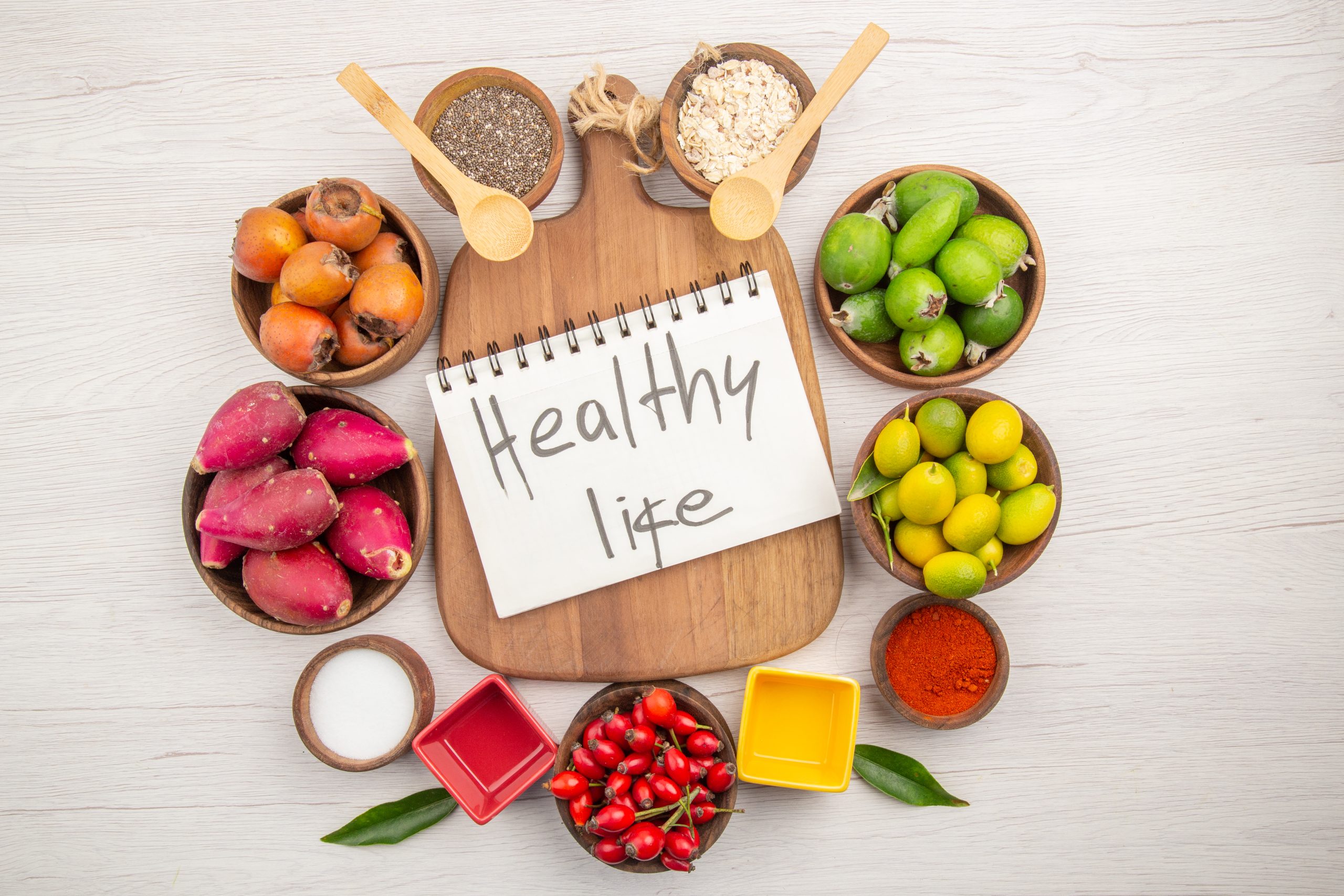
In today’s fast-paced world, it can be challenging to navigate through the endless options of food products available on grocery store shelves. Food labels can be a valuable tool in helping us make informed choices about the products we consume. By understanding the information presented on these labels, we can take a step closer to achieving a healthier diet and lifestyle. In this article, we will demystify food labels and provide you with essential tips to help you make better food choices for your overall well-being.
- Serving Size and Servings Per Container
One of the crucial elements on a food label is the serving size. Pay close attention to this information as it will affect the accuracy of all other nutritional values listed on the label. The serving size may not always reflect the portion you typically consume, so be mindful of adjusting the values accordingly. Additionally, check the number of servings per container to avoid overconsumption.
- Understanding Calories
Calories provide a measure of the energy content in a food item. It is essential to be mindful of the calorie count, especially if you are trying to manage your weight. Consider the balance between the number of calories you consume and the amount of physical activity you engage in to maintain a healthy lifestyle.
- Total Fat and Trans Fat
Fat is an important macronutrient, but not all fats are equal. Pay attention to the total fat content and aim to choose products with lower amounts of saturated and trans fats. These unhealthy fats can increase the risk of heart disease, so it’s best to opt for healthier alternatives like unsaturated fats found in nuts, seeds, and avocados.
- Sodium and Added Sugars
Excessive sodium intake can lead to high blood pressure and other health issues. Look for food items with lower sodium content, and when possible, opt for products that are low in added sugars. Many packaged foods contain hidden sugars that can contribute to weight gain and various health problems.
- Fibre and Whole Grains
Fibre is crucial for digestion and helps maintain steady blood sugar levels. Seek out products that are high in dietary fibre, as they can aid in weight management and promote better gut health. When choosing grain products, opt for those labelled as “whole grain” to ensure you’re getting the full nutritional benefits.
- Vitamins and Minerals
Food labels often list essential vitamins and minerals present in the product. These nutrients are vital for various bodily functions. Pay attention to the percentages provided next to each nutrient, which indicates the proportion of the recommended daily intake the product offers.
- Ingredient List
The ingredient list is where you can gain valuable insights into the composition of the product. Ingredients are listed in descending order by weight, so the first few ingredients make up the bulk of the product. Be cautious of lengthy lists with unfamiliar or artificial-sounding ingredients. Choose products with simple, natural ingredients whenever possible.
Conclusion
By demystifying food labels and understanding the information they provide, you can make informed choices for a healthier diet. Remember to consider serving sizes, calories, fats, sodium, sugars, fiber, whole grains, vitamins, and minerals when making your selections. Opt for products with straightforward ingredient lists, and prioritize whole, nutrient-rich foods. With this knowledge, you’ll be equipped to take control of your diet and pave the way for better health and well-being.
For more such articles, visit https://curelohealth.com/
Ref
https://blog.dnafit.com/demystifying-food-labels
Stay updated with your health, and book a lab test with Curelo today.
Download our app here:
Android app – http://bit.ly/3XRsXzt
IOS app – https://apple.c
Get a 75%* Discount on all lab tests from any lab in your city
Use Code: CURELO

